i can't even remember how many times i saw a rank beginner thinking about building his first wooden ship model kit and goes on a forum to ask what kind of tools are needed? Granted someone who has never built one of these kits would not know what he is getting into. Replies i saw to his post are you got to get this table saw or that table saw and while you are at it order the thickness sander, also you might need a mill, lathe a drill press might be a good idea. Don't forget all the hand tools like knives, sandpaper, files, a caliper ruler C-clamps and spring clamps, special planking clamps, razor saws of all sizes, Good to have a Dremel tool and all the accessories, for sure you will need a disk sander and belt and spindle sander. a scroll saw yup got to have one of those. Oh don't forget a dust collection system. Lets kick it up a notch and get yourself a laser cutter and a 3D resin printer with the needed computer and all the software.
i can just read that guys mind, not only are the kits expensive but i will be in over my head with a thousand dollars in tools. Most discouraging to read the replies.
Getting real about it if you're a first-time model ship kit builder or you are doing it as a easy past time hobby you don't need 90% of those tools.
It does not matter if it is an advanced kit or beginners kit a kit is a kit and by definition it is supplying you with all the pieces and parts with very little fabrication on your part. So with that in mind all you need are some basic hobby tools.
The kits on the market are notorious for their not so informative instructions and so may time i read post blaming the manufacture when actually it's the builder at fault. These kits are a bit more than just slapping parts together and to explain how it is done would require a book. Kit manufactures take it for granted you the builder would have some basic knowledge. This is why there are simple beginner kits so you can work your way up to more complex builds.
What this has to do with tools is you do not want to jump in and buy a bunch of tools before you build a kit or two. You may not find model ship kit building to your liking, so no need to invest in expensive tool. As you progress you add tools as you go along.
What if you want to make the jump from kit to kit bashing or scratch building. To scratch build, you will need more that the basic tools. How do you know if scratch building is right for you without first trying it? You need to make the investment in the tools, or do you? there is semi-scratch building where you do not need all the necessary tools.







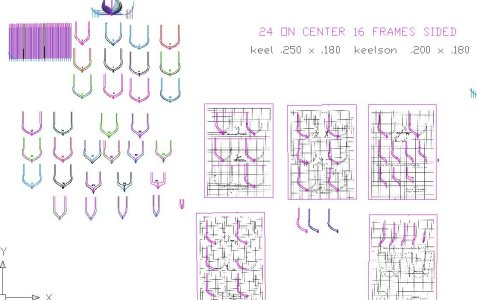
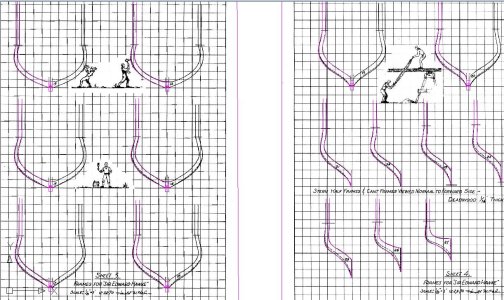


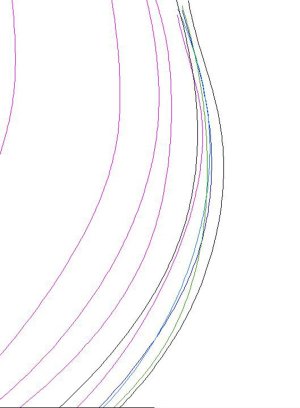
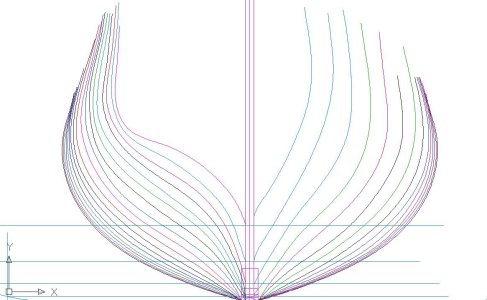

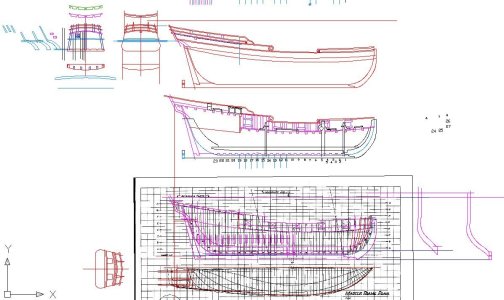
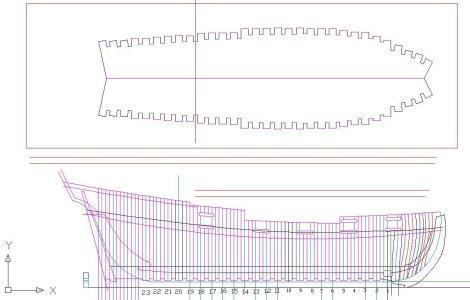
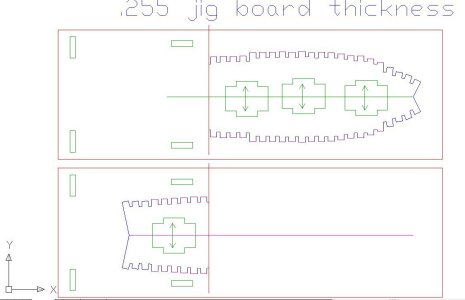
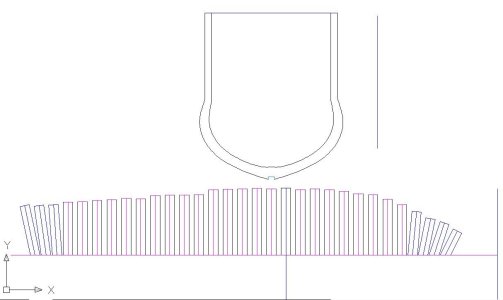






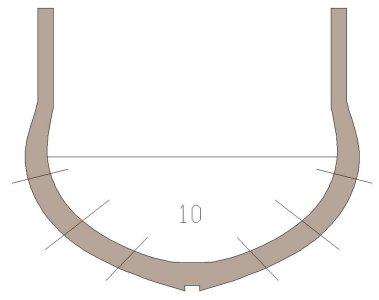

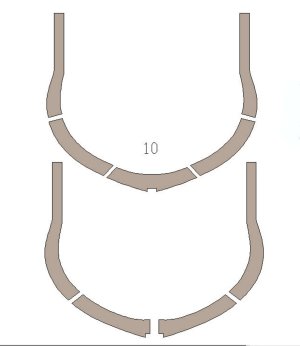

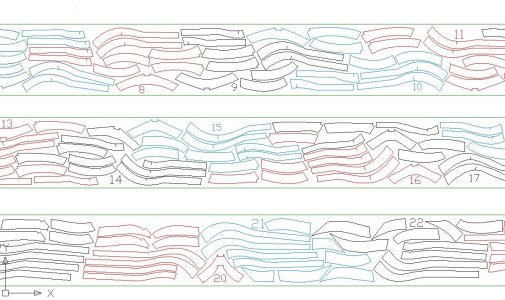

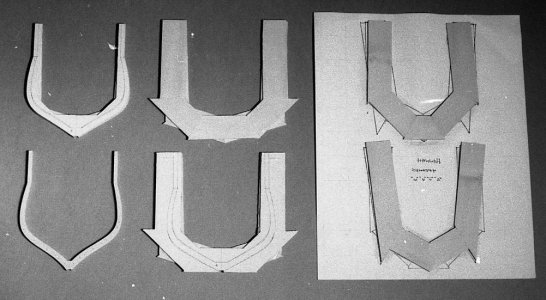
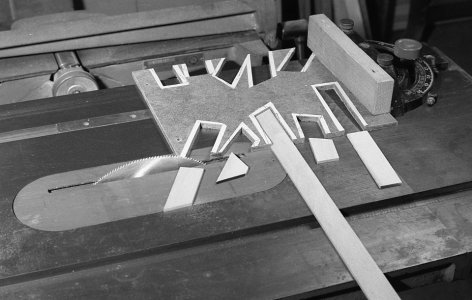



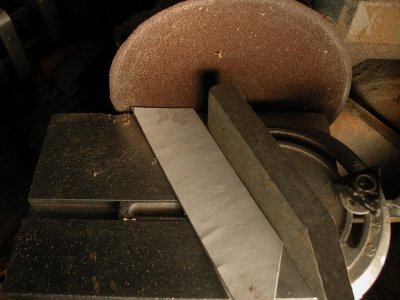
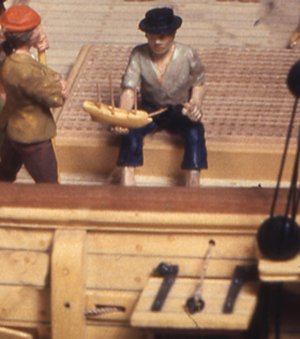

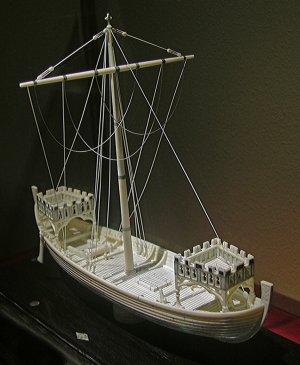
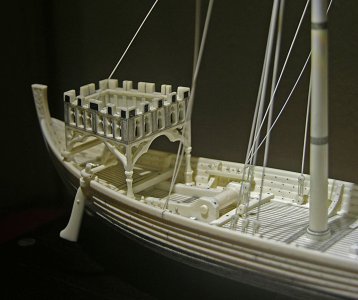

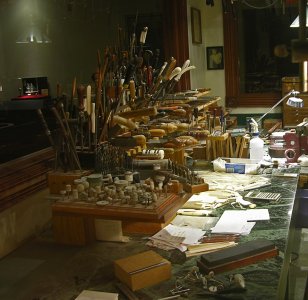
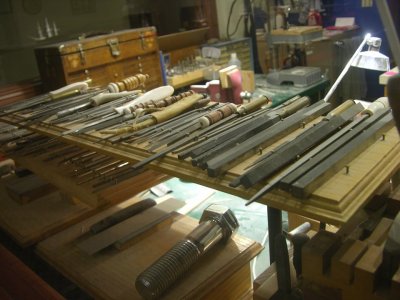
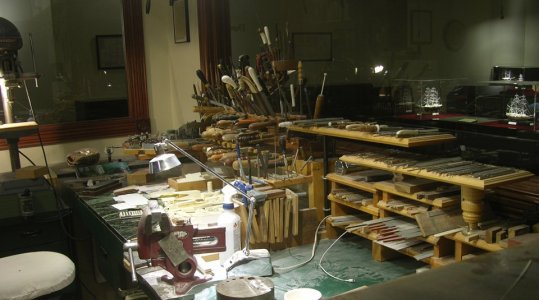
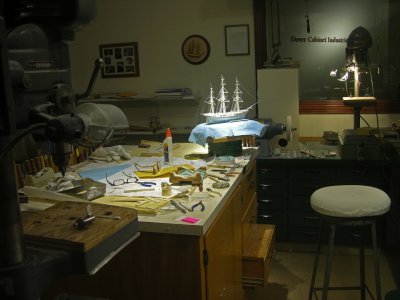
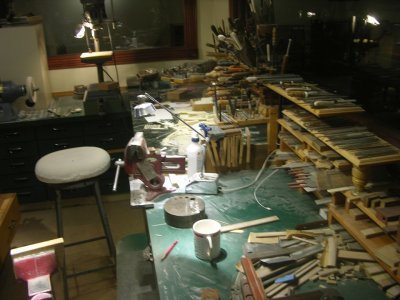
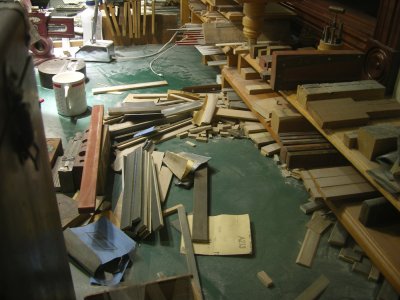



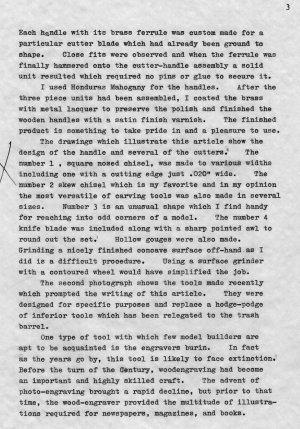

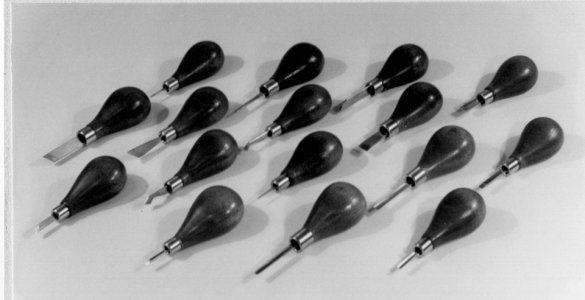
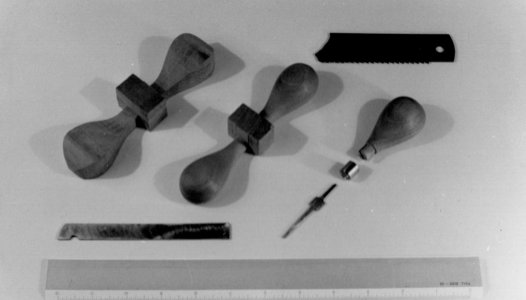


 ) so my work table surface was a piece of plywood. I didn’t grow my tools until much later, but I had fun building wooden boat kits and spent endless hours perfecting my skills. This hobby certainly kept this teenager occupied and out of trouble way before video games and other stupid pastimes!
) so my work table surface was a piece of plywood. I didn’t grow my tools until much later, but I had fun building wooden boat kits and spent endless hours perfecting my skills. This hobby certainly kept this teenager occupied and out of trouble way before video games and other stupid pastimes!